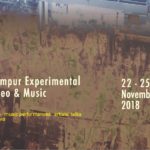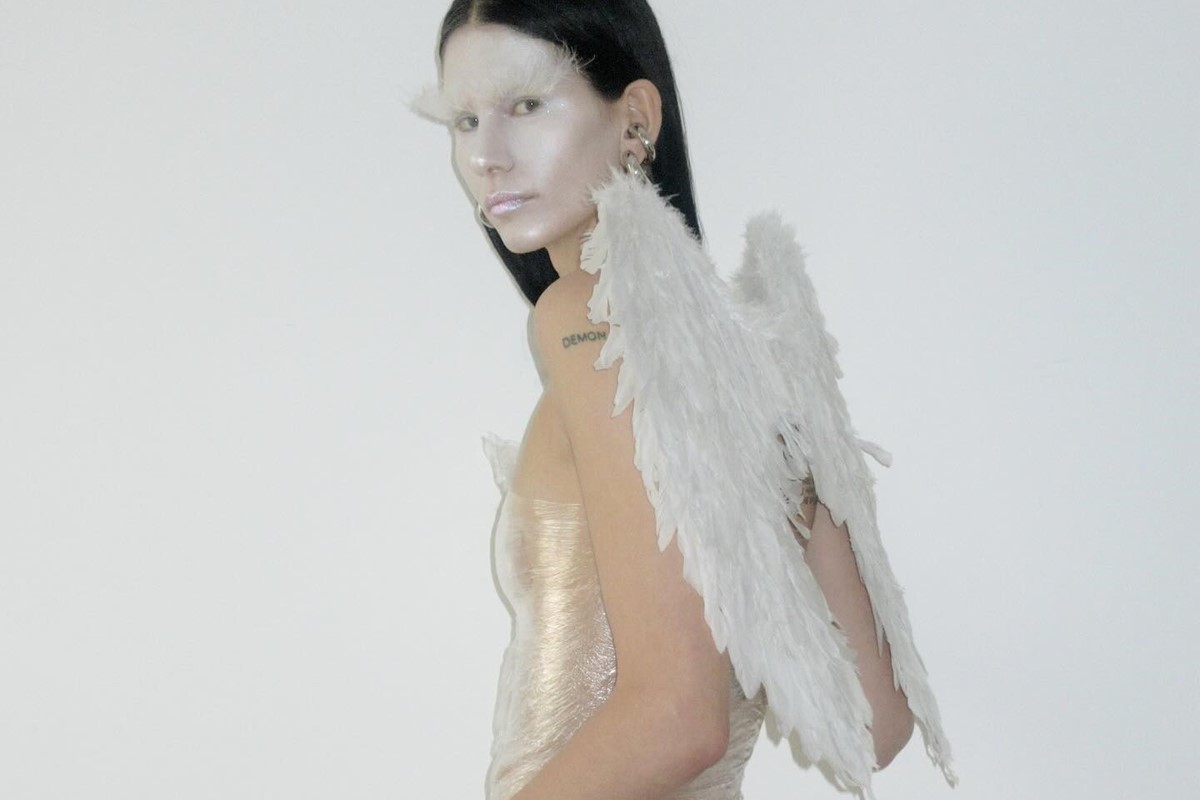The Yellow Scarf
2019 - Installation (Installation)
Video: 20:24 minutes, Prints: 100 x 70 cm each
Shubigi Rao
Named after a book that artist Shubigi Rao read growing up, The Yellow Scarf explores the history of the Thuggee cult in India in relation to the colonial British administration that ‘discovered’ but also ultimately exterminated this cult of assassins. The modern term ‘thug’ is said to be derived from Thuggee. Rao’s fascination with the Thuggee is interwoven with her parallel research into the strangler tree, found throughout South and Southeast Asia. While the Thuggee assassins were a cult of Kali (the Hindu goddess of death, time, and often associated with sexuality and violence) worshipping bandits who often killed through strangling, the strangler tree is similarly known for its adaptive ability to grow around and to ‘strangle’ other trees. Presented as part of the installation are two prints that recall the elaborate ‘family trees’ that the British Administrator Sir Henry William Sleeman laid out to map and capture members of the cult. The prints functioned as guide maps, of sorts, to the taxonomy of knowledge and hierarchies of thought, and how this went hand-in-hand with a diminishing of indigenous (and later colonised) fields of knowledge. Evocative of a dense textual forest, the work (video and prints) places the viewer in an entangled history of conquest, governance, and both the literal and figural trees of knowledge. The Yellow Scarf is not just about the markers of monstrosity that are used to police a society, but is also the historical cultivation of society’s enduring fear of the forest and those that emerge out of it’s darkness. The Yellow Scarf continues Rao’s study of the horrors that have defined human history through a specific facet of systematic destruction. In her other works, Rao described the destruction of books as a manageable way to look at the horrors that man can inflict upon himself and the world. The Yellow Scarf provides a focused lens on the construction, management, and infliction of horror as part of a lesser-known history of colonial governance that has been written and rewritten over through films and popular culture. Despite these generations of re-writing, the past continues to haunt the present through resilient myths such as that associated with the strangler tree.
Shubigi Rao interrogates how we know what we do and how we remember what we do. Her multifaceted installations are a cybernetic foray across archaeology, neuroscience, anthropology and etymology. Sometimes absurd such as building immortal jellyfish, and at other times serious, such as an attempt to produce an encyclopaedia, her artworks are visual and physical representations that point at the complex and inherited systems that govern and define our lives. Since 2014 she has been developing the project Pulp: A Short Biography of the Banished Book , a decade-long film, book and visual art project about the history of book destruction.
Colors:
Related works sharing similar palette
» see more

© » KADIST
Lenka Clayton and Phillip Andrew Lewis
2022Five Hundred Twenty-Four, a single-channel video installation by Lenka Clayton and Phillip Andrew Lewis, features singers from over twenty Cleveland-area choirs counting numbers in an iterative process: one person sings “one”, then two people sing “two”, and so forth, to 524...

© » ARTS EQUATOR
Weekly Picks: Malaysia (19–25 Nov 2018) | ArtsEquator Thinking and Talking about Arts and Culture in Southeast Asia Weekly To Do November 19, 2018 KLEX 2018: Translucence , at various locations, 22–25 Nov An independent artist-run grassroots international festival of experimental film, video art and music...
Related works found in the same semantic group
» see more

© » KADIST
Victor & Sergiy Kochetov
1978Having a press card allowed Viktor Kochetov to photograph freely in public places, access to which was strictly regulated for amateurs...

© » DAZED DIGITAL
Christmas comes early in the new festive issue of Pull Letter UK | Dazed â¬…ï¸ Left Arrow *ï¸âƒ£ Asterisk â Star Option Sliders âœ‰ï¸ Mail Exit Fashion News The second issue of Jamie-maree Shipton’s new publication is a bonanza of holiday fun 18 December 2023 Text Dominic Cadogan At the end of what has undoubtedly been a whirlwind year for Jamie-maree Shipton – the multihyphenate photographer, stylist, and creative director – she has managed to squeeze in one last gift, with the sophomore edition of Pull Letter UK , the magazine she founded earlier this year...

© » KADIST
Rodney Graham
1996Tree on the Former Site of Camera Obscura (1996) belongs to a series of large-scale photographs of trees taken by Graham and depicts a particular species that lives in Northern California...

© » KADIST
Hoda Afshar
2022In the islands of the Strait of Hormuz off the southern coast of Iran, a distinctive local culture has emerged as the result of many centuries of cultural and economic exchange, the traces of which are seen not only in the material culture of these islands but also in the customs and beliefs of their inhabitants...


